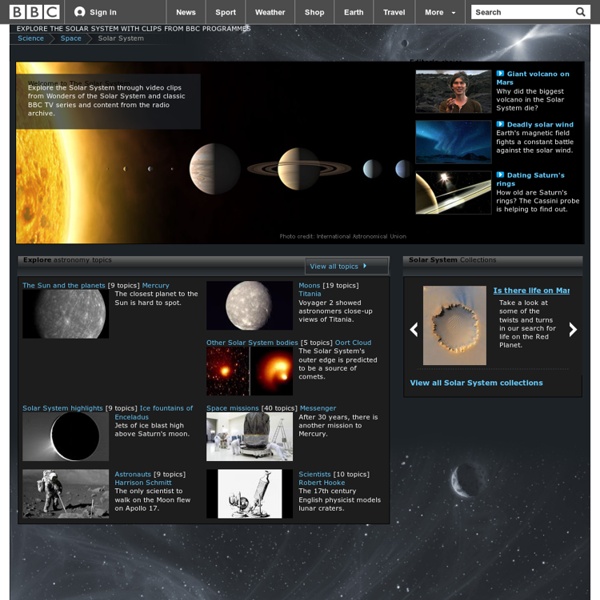



Answering a 190-year old astronomical question Epsilon Aurigae was first given serious, systematic, scientific scrutiny in 1821. Early modern astronomers correctly classified it as an eclipsing binary variable star, with an invisible partner that will periodically dim the light as it eclipses the main star from the perspective of Earth. This happens every 27 years, and Epsilon Aurigae's apparent brightness drops for a period of more than a year. The nature of this partner has remained a mystery, even though we've been observing the star for nearly two centuries. Over the years, different ideas have come and gone. For the latter case to be correct, then the orbit of the disk around the darker companion star would have to be in the same plane as the orbit of the darker object (companion star) around Epsilon Aurigae, which would in turn have to be the exact same plane as Earth's vantage point in order to produce the sequence of events we observe here on Earth.
Windows to the Universe Stellarium The Solar System Our solar neighborhood is an exciting place. The Solar System is full of planets, moons, asteroids, comets, minor planets, and many other exciting objects. Learn about Io, the explosive moon that orbits the planet Jupiter, or explore the gigantic canyons and deserts on Mars. What Is The Solar System? The Solar System is made up of all the planets that orbit our Sun. In addition to planets, the Solar System also consists of moons, comets, asteroids, minor planets, and dust and gas. Everything in the Solar System orbits or revolves around the Sun. How Did The Solar System form? This is an important question, and one that is difficult for scientists to understand. Scientists believe that the Solar System evolved from a giant cloud of dust and gas. At the center of this spinning cloud, a small star began to form. Further away from the center of this mass where the star was forming, there were smaller clumps of dust and gas that were also collapsing. A Great Storm Beyond The Oort Cloud
SUN NASA'S New Look NASA's New Eye on the Sun Delivers Stunning First Images View related briefing materials here. NASA's recently launched Solar Dynamics Observatory, or SDO, is returning early images that confirm an unprecedented new capability for scientists to better understand our sun’s dynamic processes. Some of the images from the spacecraft show never-before-seen detail of material streaming outward and away from sunspots. "These initial images show a dynamic sun that I had never seen in more than 40 years of solar research,” said Richard Fisher, director of the Heliophysics Division at NASA Headquarters in Washington. A full-disk multiwavelength extreme ultraviolet image of the sun taken by SDO on March 30, 2010. Launched on Feb. 11, 2010, SDO is the most advanced spacecraft ever designed to study the sun. SDO will determine how the sun's magnetic field is generated, structured and converted into violent solar events such as turbulent solar wind, solar flares and coronal mass ejections.